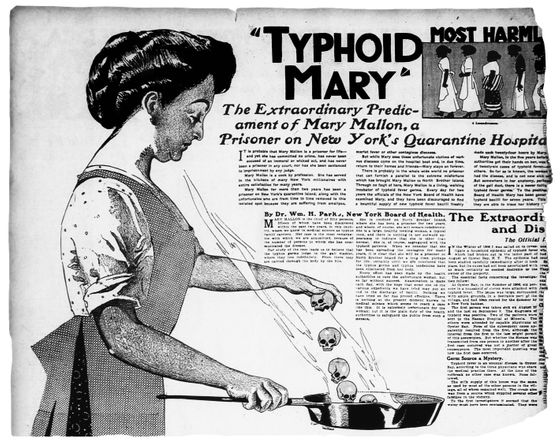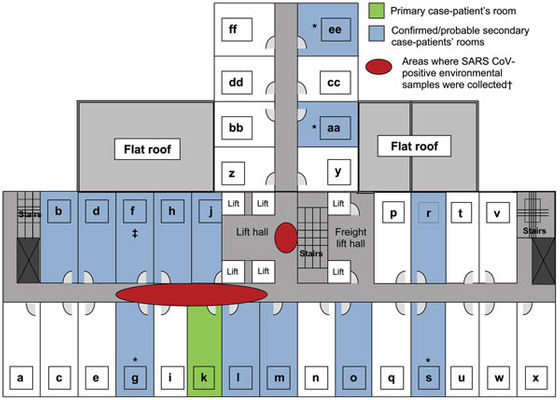Who is the 'super spreader' that spreads infectious diseases?

By
With the spread of the new coronavirus worldwide, attention has been focused on the mechanism of virus infection. Elizabeth McGraw, director of the Center for Infectious Diseases , Pennsylvania State University in the United States, describes a ' super spreader ' that causes more secondary infections than normal people.
What is a super spreader? An infectious disease expert explains
https://theconversation.com/what-is-a-super-spreader-an-infectious-disease-expert-explains-130756
On January 25, 2020, Imperial College London 's MRC Global Infectious Disease Analysis Center reported on the new coronavirus for its basic reproduction count , a measure of the virus's ability to `` how many people can be transmitted. '' I estimated '2.6'. This figure means that one patient infected with the new coronavirus can spread the virus to about 2.6 people. On the other hand, in Wuhan, China, which is the source of the new coronavirus, 14 people with medical infection reported one infected person who transmitted the new coronavirus.
Wuhan coronavirus 'super spreader' alarms disease detectives-CNN
https://edition.cnn.com/2020/01/23/health/wuhan-virus-super-spreader/index.html

A person who, like this person, 'transmits the disease to more people than would normally be considered' is a 'super spreader.' According to McGraw, a person can become a super spreader when multiple combinations of `` characteristics of pathogens '', `` constitution of infected person '', `` behavior of infected person '', `` situation when infection spreads '' etc. Who became a super spreader '.
McGraw explained that some people have a different immune system than others, and that `` if you are infected with a certain disease, there is almost no medical condition, '' a good example of which is `` Mary of Typhus.

It was thought that the cause of the spread at the time was that guests who shared with Jianlun in the elevator inhaled the virus through Jianlun's coughing and sneezing. However, subsequent investigations have revealed that the true cause was 'corridor carpets.' The image below shows the floor plan of the Metropole Hotel where Jianlun was staying. The red area shows where the SARS virus was detected. The room where Jianlun was staying was the 'K' room, shown in green. The carpets in front of Room K and in the elevator hall were contaminated with the SARS virus.

Like Jianlun, McGraw pointed out that there are many super-spreaders where 'visited' was a problem. In the United States, as a result of measles infected people visiting schools, hospitals, airplanes, theme parks and other 'popular places' over the past 20 years, it has been found that infection has expanded.
'Physical distance' is also one of the factors that create a super spreader. Infections such as SARS and the Middle East Respiratory Syndrome (MERS) have spread to large numbers of healthcare professionals in hospitals. Researchers at the Samsung Medical Center in Korea have found that 20% of patients admitted to the same compartment as 14 MERS patients brought to the medical center were infected. The results of the analysis of the behavior of the infected person of the hospital, MERS risk of infection of medical personnel is 6%, MERS infection risk of visitors from the outside is that it is 2% calculation was. The research team concluded that 'the physical distance to the infected person affects the risk of MERS infection.'
McGraw explains that in all infectious diseases, 20% of infected people cause more than 80% of secondary infections. In addition to vaccinations, McGraw cited 'wearing a mask' and 'washing hands' as ways to avoid becoming a super spreader and not to transmit an infection from the super spreader.
Related Posts:
in Note, Posted by darkhorse_log







